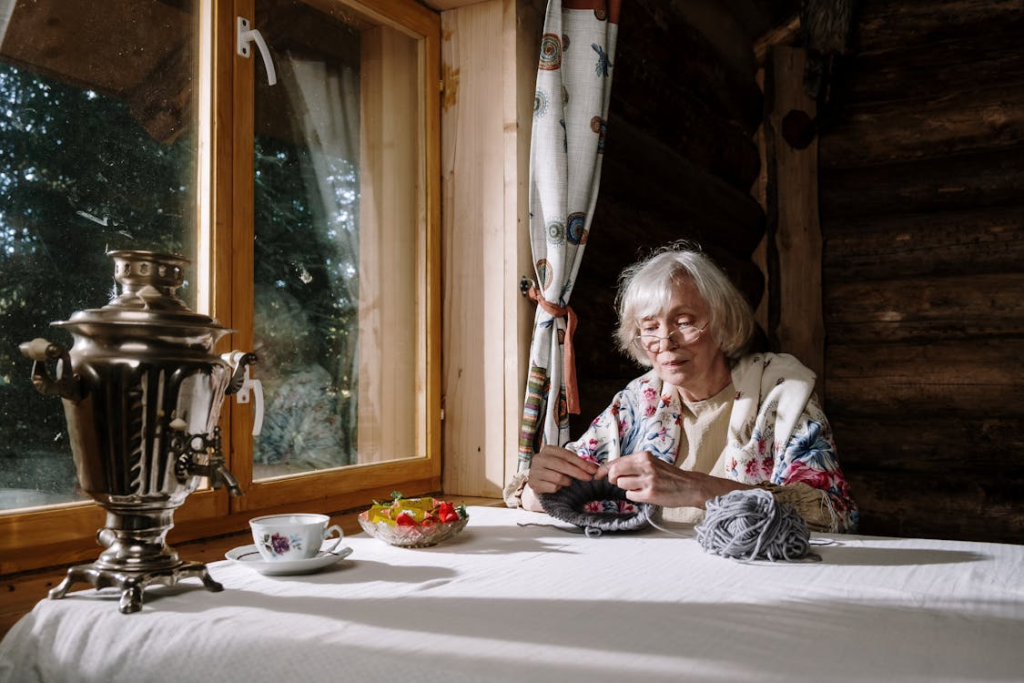Is Your Home Secretly a Hazard for Ageing Loved Ones?

Living with ageing parents or grandparents often brings comfort and routine. When they visit, the house feels full and lively. Company Formation Yet while you may feel at ease, your home might not be as welcoming or safe for them as you think.
Even well-maintained houses can hide dangers for older adults. Slippery floors, uneven steps, and poor lighting quietly increase the risk of accidents. These hazards often remain unnoticed until something goes wrong.
It is worth taking time to inspect the areas of your home that are used most frequently. Even a few simple adjustments can reduce the risk of accidents and help ageing loved ones maintain their independence for longer. Small improvements can also give caregivers greater peace of mind.
Stairs and Doorways
Stairs and doorways present real challenges, especially for people with limited mobility. Even healthy older adults may struggle with balance, and stairs without proper support can become daily obstacles. If a cane or walker is needed, navigating narrow or uneven spaces becomes even more difficult.
Loose handrails, tight door frames, or raised thresholds can all increase the risk of tripping. These features might seem minor to younger people, but for someone who moves with less ease, they can create serious problems.
Make sure stair rails are secure and placed at a comfortable height. Mark the edges of steps with non-slip strips in a bright colour to improve visibility. If you are uncertain about what solutions to consider, try visiting Active Mobility to explore the options available. Even a quick look can introduce you to tools and aids designed to suit your space and support your loved one’s needs.
Bathroom
Many slips and falls happen in the bathroom, often during ordinary tasks such as showering or using the toilet. Wet floors, shiny tiles, and cramped layouts all add to the risk. When these conditions are combined with slower reflexes or stiff joints, accidents become more likely.
Older adults may find it difficult to lower themselves onto a standard toilet or step over the high edge of a bathtub. Getting in and out of a slippery shower without support is another common concern. These moments can be stressful for older adults and deeply concerning for their families.
Adding grab rails near the toilet and inside the shower is an important first step. Non-slip mats and raised toilet seats improve both movement and comfort. In the longer term, replacing a traditional tub with a walk-in shower can make a significant difference to safety and confidence.
Lighting and Visibility
Lighting is often overlooked, yet it is critical for ageing eyes. Many older adults require more light to see clearly, particularly in corners and during the evening hours. Good visibility not only reduces the chance of missing a step or tripping over objects but also provides a sense of reassurance.
Think about how difficult it might be for someone to walk to the kitchen at night. If the hallway is dim, every shadow becomes uncertain. This increases stress and makes falls more likely.
Bright LED bulbs provide a simple and effective solution. Night lights in hallways, bathrooms, and bedrooms improve safety without requiring major changes. Motion sensor lights are also useful, particularly for people who get up during the night but prefer not to search for a switch in the dark.
Kitchen Concerns
Preparing a meal may seem harmless, but the kitchen presents its own set of risks. Bending to reach pots, stretching for items on high shelves, or walking across slick tiles while carrying a hot pan all put older adults in vulnerable positions. Kitchens also contain sharp tools, heat, and heavy cookware, all of which require steady hands and full attention.
Clutter makes the situation worse. When countertops are crowded and drawers are disorganised, it takes longer to locate essential items. This delay forces people to spend more time standing, bending, or straining, which increases the risk of slips or fatigue.
Organising drawers can reduce unnecessary searching. Place frequently used items at waist height, where they are easier to reach. For added safety, install stove knob covers or automatic shut-off devices to provide extra security.
Living Room Hazards
It is easy to assume that the living room is a safe space, yet it can also contain hidden dangers. Loose rugs, power cords stretched across the floor, and low furniture can all make walking more difficult. For someone using a cane or walker, a cluttered living room can feel like an obstacle course.
Coffee tables with sharp corners or glass tops create additional risks. Even soft furnishings such as ottomans can become hazards if they are placed in the middle of walkways. A fall in this space could lead to broken bones or bruises that may take months to heal.
Spend a few minutes reviewing the room layout. Clear the main walking paths, secure or reroute cords, and remove or tape down rugs that slide easily. Choose furniture with rounded edges where possible and aim to create open spaces rather than crowded ones.
Final Words
Making a home safer for ageing loved ones does not always require major renovations. In many cases, simply noticing potential hazards and making small changes can have a big impact. These improvements bring peace of mind and allow older adults to move around with more confidence and less worry.
In the end, that sense of comfort is worth every small adjustment. It not only protects loved ones but also eases the burden on caregivers who want to ensure their family members are safe at home.



Leave a reply